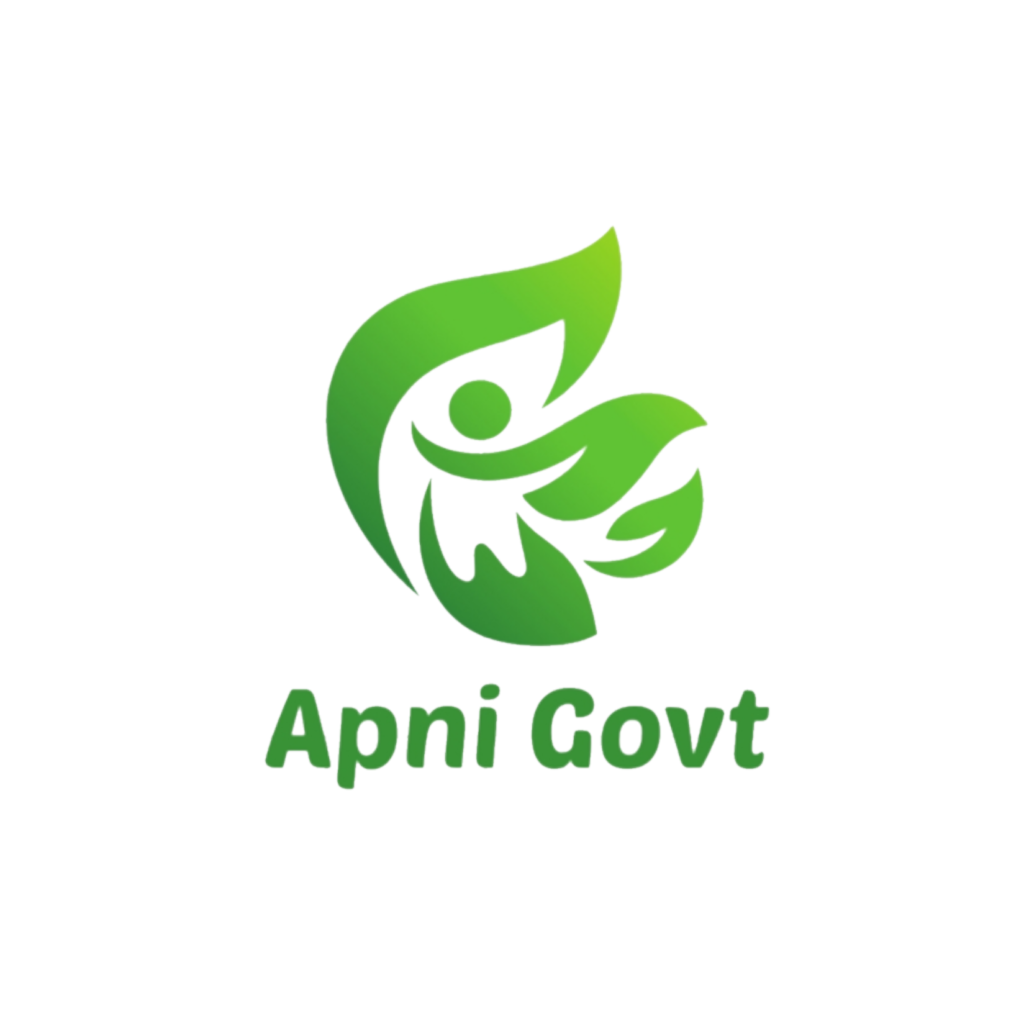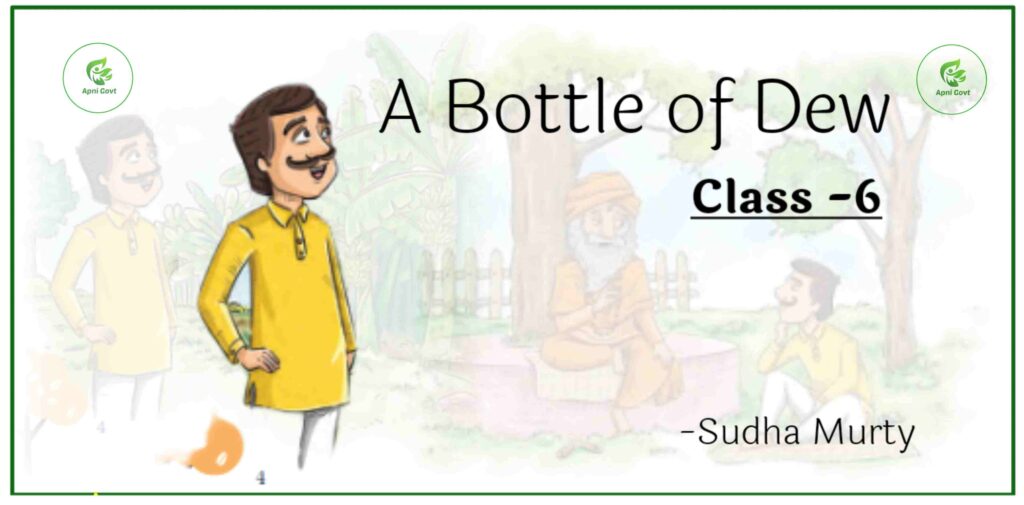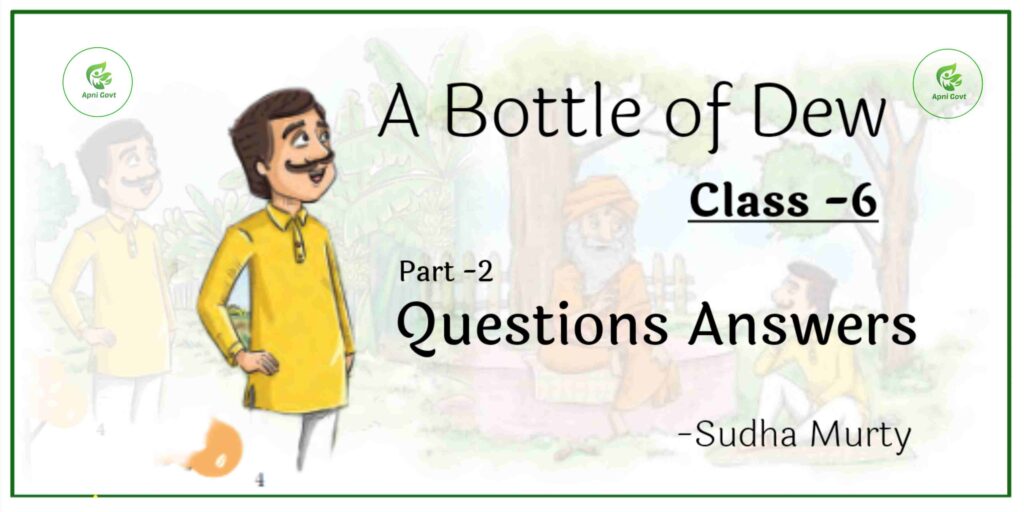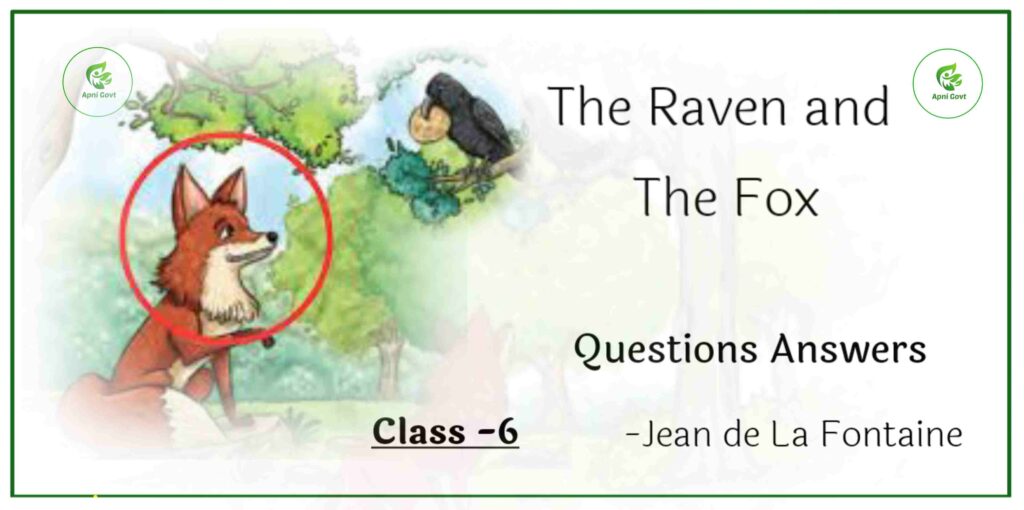Summary — Ila Sachani: Embroidering Dreams with her Feet
English: Born in a farmer’s family in Amreli, Gujarat, Ila Sachani had limited use of her hands, yet—guided by her mother and grandmother—she learned Kathiawar embroidery with her feet. From threading the needle to mastering Kachhi, Kashmiri and Lucknawi styles, she turned challenge into craft through patience and grit. Her exquisite work impressed family and villagers, then a state exhibition in Surat opened wider recognition. Ila later showcased her art nationally, receiving awards (including the President’s Medal) for creativity and willpower. Most importantly, the skill brought independence, steady income and joy—proving that focus, hard work and positivity can transform limitations into victories, and that art rises beyond physical boundaries.
हिंदी: अमरेली (गुजरात) के किसान परिवार में जन्मी ईला सचानी के हाथ सामान्य रूप से काम नहीं करते थे, फिर भी माँ-दादी के मार्गदर्शन में उन्होंने काठियावाड़ कढ़ाई पैरों से सीख ली। सुई में धागा पिरोने से लेकर कच्छी, कश्मीरी व लखनवी शैलियाँ सीखने तक—धैर्य और लगन से उन्होंने चुनौती को हुनर में बदला। उनकी अद्भुत कढ़ाई पहले परिवार/गाँव को भायी, फिर सूरत की राज्य प्रदर्शनी ने व्यापक पहचान दिलाई। आगे चलकर राष्ट्रीय स्तर पर प्रदर्शनियाँ और अनेक सम्मान—राष्ट्रपति पदक सहित—मिले। सबसे बड़ा लाभ था आत्मनिर्भरता: नियमित आय और प्रिय कार्य का आनंद। उनकी कहानी सिखाती है कि एकाग्रता, मेहनत और सकारात्मकता से सीमाएँ जीत में बदल जाती हैं, और कला शरीर की बाधाओं से ऊपर उठती है।
| Word/Phrase | हिंदी उच्चारण | हिंदी अर्थ |
|---|---|---|
| embroidery | एम्ब्रॉयडरी | कढ़ाई / सुई-धागे से सजावट |
| Kathiawar | काठियावाड़ | गुजरात का क्षेत्र/कढ़ाई शैली |
| determination | डिटरमिनेशन | दृढ़ निश्चय |
| overcome | ओवरकम | पार पाना / जीतना |
| awestruck | ऑ-स्ट्रक | हैरान/मंत्रमुग्ध |
| exhibition | एग्ज़िबिशन | प्रदर्शनी |
| admiration | एडमाइरेशन | प्रशंसा/सराहना |
| willpower | विल-पावर | इच्छाशक्ति |
| celebrated | सेलिब्रेटेड | विख्यात/प्रसिद्ध |
| independence | इंडिपेन्डेन्स | स्वतंत्रता/आत्मनिर्भरता |
| positivity | पॉज़िटिविटी | सकारात्मक सोच |
| boundaries | बाउन्ड्रीज़ | सीमाएँ |
| creations | क्रिएशन्स | रचनाएँ/कारीगरी |
- Resilience (लचीलापन): शारीरिक चुनौती को कौशल में बदलना।
- Perseverance (लगन): सुई में धागा डालने जैसी कठिन प्रक्रिया भी सीखना।
- Family Support (परिवार का सहारा): माँ-दादी-भाई-बहन का सहयोग।
- Skill → Independence (कौशल से आत्मनिर्भरता): आय व आत्मसम्मान दोनों।
- Art beyond limits (सीमाओं से परे कला): कला शरीर की सीमाओं को लाँघती है।
Let us think and reflect — Answers (EN + HI)
I) Read the lines and answer
1. Choose the correct option.
2. What could Ila have felt when she could not join others?
3. Complete the sentence.
II) What creative ways did Ila and her family use?
III) How did the ‘new independence’ help Ila?
IV) Why was the first state exhibition important?
V) Meaning of “art rises above physical boundaries…”
VI) How can we be helpful and encouraging like her family & friends?
VII) How can Ila’s story help others?
Let us learn — Word ⇄ Synonym (Answer Key)
Match the word from Column A to the correct synonym in Column C by using the clue sentence in Column B.
Unused (extra) synonyms: happy, dangerous.
नोट (HI): tiny=small (छोटा), wonderful=fantastic (बेहतरीन), quiet=silent (शांत), task=work (कार्य), tough=difficult (कठिन)।
Observations: The highlighted words are quantifiers showing quantity.
- many — used with countable plural nouns: things, patterns, styles, awards.
- lots of / a lot of — used with both countable plural (colours) and uncountable nouns.
- Formal alternatives: numerous, several, a number of; for very large quantity: plenty of, scores of.
त्वरित नियम (HI): many बहुवचन गिनने योग्य संज्ञाओं के साथ; a lot of/lots of गिनने योग्य बहुवचन व अगणनीय—दोनों के साथ; much सामान्यतः अगणनीय के साथ (नकार/प्रश्न में)।
I) The highlighted words tell us about the quantity.
Choose what the words show: (i) Unmentioned quantity (ii) Large quantity
Reason: Text में lots of, many जैसे शब्द आए हैं—ये बड़ी मात्रा दिखाते हैं।
II) Words of quantity — Fill in the blanks
- We saw ______ buses on the road. (countable noun)
Answer: many - How ______ milk do you want? (uncountable noun)
Answer: much - There is ______ milk needed. (uncountable noun)
Answer: a little - I need ______ examples. (countable noun)
Answer: several -
I have ______ energy left. / She picked ______ flowers. (countable & uncountable)
Answer: a lot of (works for both) - I ate ______ rice. (uncountable noun)
Answer: some
त्वरित नियम (HI): many बहुवचन गिनने योग्य, much अगणनीय; a little/some अगणनीय; several बहुवचन गिनने योग्य; a lot of/lots of दोनों के साथ।
Let us listen — Kathiawar embroidery (circle the correct option)
- Form: (i) old (ii) new → Answer: old
- Colours: (i) soft (ii) bright → Answer: bright
- Stitches: (i) running stitch (ii) chain stitch → Answer: chain stitch
- Seen on: (i) children’s caps (ii) pants → Answer: children’s caps
Note: यदि आपके स्कूल ऑडियो (p.164 transcript) में अलग विकल्प बताए गए हों, तो वही चुनें। ऊपर सामान्य/पाठ-आधारित उत्तर दिए हैं।
नोट: यदि आपके स्कूल ऑडियो/ट्रांसक्रिप्ट (p.164) में भिन्न विकल्प दिए हों, तो वहीं अनुसार टिक करें।
Instruction: In pairs, write 2 questions to ask Ila Sachani. Yes/No questions take a rising tone at the end.
- Yes/No (↗): “Did you first learn embroidery at home↗?” • “Do you still practise every day↗?”
- हाँ/ना (↗): “क्या आपने कढ़ाई सबसे पहले घर पर सीखी↗?” • “क्या आप रोज़ अभ्यास करती हैं↗?”
- Wh-questions: “Who inspired you the most?” • “Which style is your favourite and why?”
- प्रश्न-शब्द: “आपको सबसे अधिक किसने प्रेरित किया?” • “आपकी पसंदीदा शैली कौन-सी है और क्यों?”
Peer practice: Read each question aloud 5 times with clear rising tone for Yes/No. Swap partners and repeat.
Task: Collect 4–5 items (flowers/leaves/waste paper/cardboard/straws/twigs etc.) and create an artwork. Describe it with a title.
Title: Garden on Cardboard
I reused a small cardboard box to make a nature collage. First, I glued a sheet of waste paper as the background. Then I arranged dried leaves as trees, and pressed flowers to make colourful bushes. Thin twigs became fences and two straws formed a little bridge. Finally, I added tiny paper birds in the sky. My artwork shows that everyday things can be turned into beauty. It also reminds us to reduce waste by reusing materials creatively.
शीर्षक: कार्डबोर्ड पर बगीचा
मैंने एक छोटे कार्डबोर्ड बॉक्स को प्रकृति-कोलाज में बदला। पहले पृष्ठभूमि के लिए वेस्ट पेपर चिपकाया। फिर सूखी पत्तियों से पेड़, दबाए हुए फूलों से रंगीन झाड़ियाँ बनाईं। पतले तिनकों से बाड़ बनाई और दो स्ट्रॉ से छोटा पुल। अंत में आसमान में कागज़ के नन्हे पक्षी जोड़े। यह कलाकृति दिखाती है कि रोज़मर्रा की चीज़ों से भी सुंदरता रची जा सकती है और कचरा कम करने के लिए रीयूज़ कितना उपयोगी है।
Example: “My aunt does Kashmiri embroidery. She learnt it from her mother and a local craft class. She uses chain stitch, satin stitch and small mirrors on shawls.”
उदाहरण: “मेरी चाची कश्मीरी कढ़ाई करती हैं। उन्होंने यह अपनी माँ और लोक-कला कक्षा से सीखी। वे शॉल पर चेन, साटन स्टिच और छोटा शीशा लगाती हैं।”
Materials: small cotton cloth, needle, thread, pencil/marker, safety pin, thimble (optional).
Steps: (a) Draw a straight line on cloth. (b) Thread the needle and tie a knot. (c) Insert up–down along the line, making small even gaps. (d) Secure the end with a knot and trim. Safety: Work with an elder nearby; store needles safely.
सामग्री: सूती कपड़ा, सुई, धागा, पेंसिल/मार्कर, सेफ्टी-पिन, थिम्बल (वैकल्पिक)।
कदम: (a) कपड़े पर सीधी रेखा बनाएँ। (b) सुई में धागा डालकर गाँठ लगाएँ। (c) रेखा पर ऊपर-नीचे छोटे समान अंतर से टाँके लें। (d) अंत में गाँठ लगाकर धागा काट दें। सावधानी: बड़ों की देखरेख में करें; सुई सुरक्षित रखें।
“What was easy? What was hard? Which stitch would you like to learn next (chain/herringbone)?”
“क्या आसान लगा? क्या कठिन था? अगली बार कौन-सा स्टिच सीखना चाहेंगे (चेन/हेरिंगबोन)?”
Download New Books Class 1 to 6 ( Hindi Medium)
Download New Books Class 1 to 6 (English Medium)



